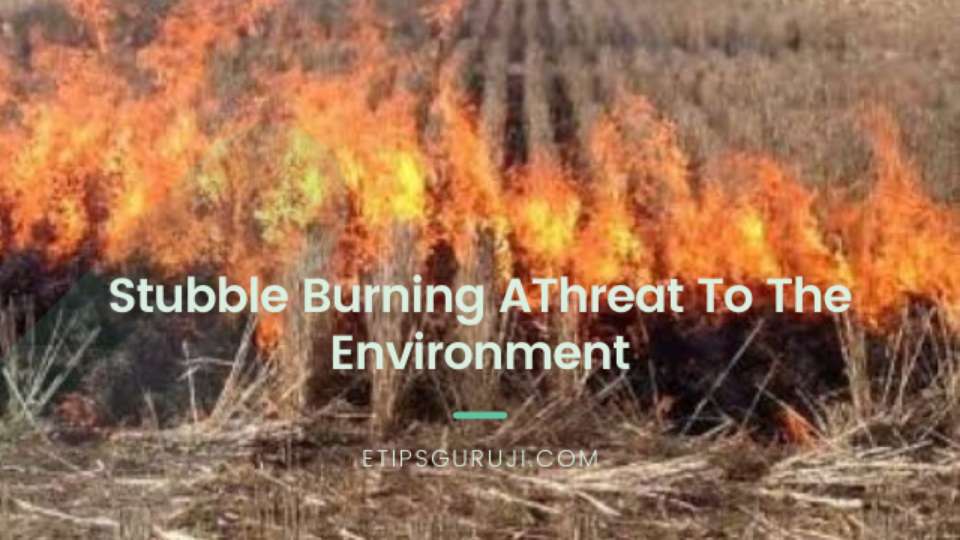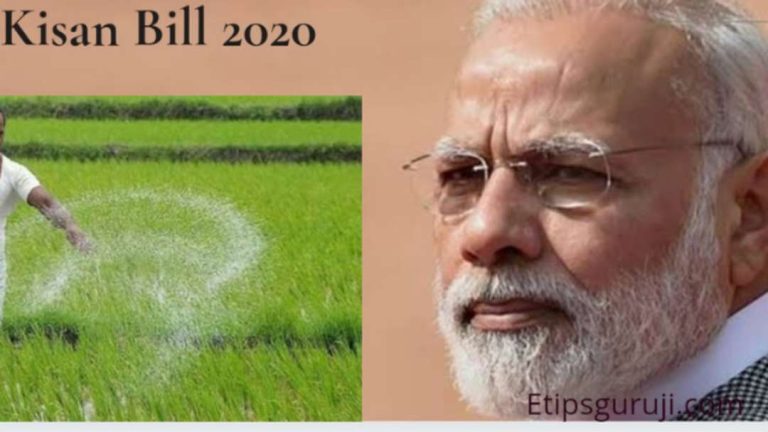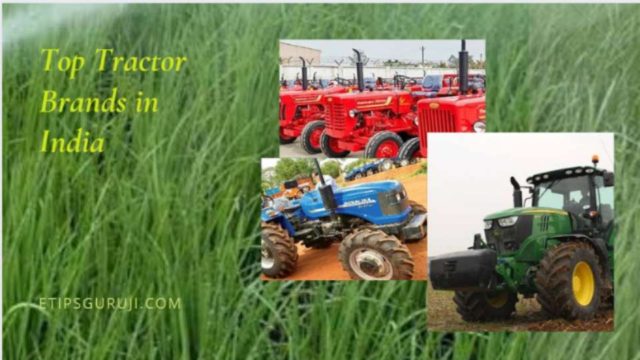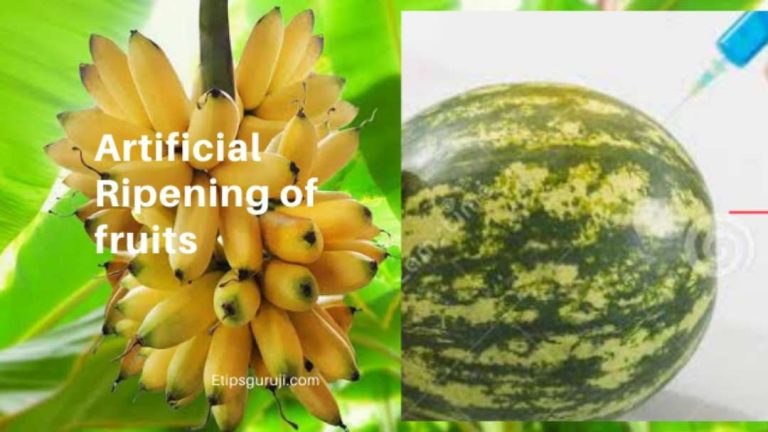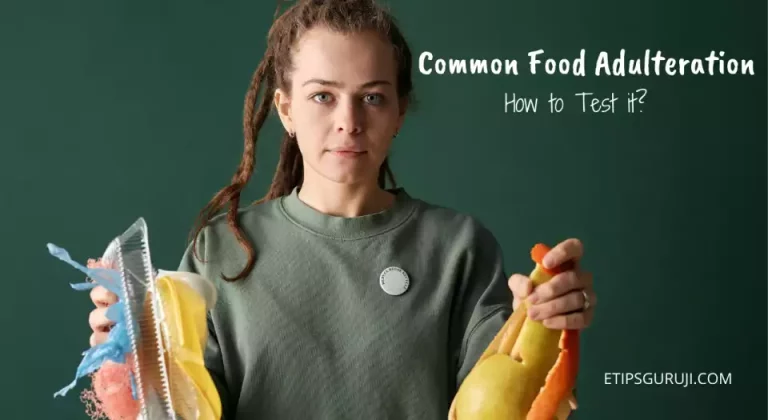Stubble Burning A Threat To The Environment
Stubble burning is the practice of setting fire to crop residue to prepare the field for the upcoming crop. If stubble is left untreated in the field, pests like termites may destroy the next crop.
Every year, millions of tons of crops are produced that also results in increased agricultural waste. The crop waste is made up of organic compounds from various organic sources such as rice straw and coconut shells. The dumping of a high amount of residue becomes extremely difficult for farmers. Stubble burning has disturbed the environment in such an alarming level that it cannot be ignored anymore.
Why is Stubble Burning Making Headlines?
Stubble burning has drawn the attention of the whole country because it is responsible for the thick smog enveloping North India, especially the National Capital Region (NCR). It has a disastrous impact on the environment, and the condition is becoming worse every year.
For planting the next winter crop or Rabi crop, the farmers of Haryana and Punjab are left with a very short interval of time. Also, they do not get enough time for cultivation due to the short winters these days. Therefore to minimize considerable losses, they find stubble burning as the cheapest and fastest way to clean the field.
Most of the farmers cannot use expensive mechanized methods to remove stubble from the fields, and hence they opt for burning.
Why do farmers Burn Stubble?
There are many reasons for Stubble Burning by the farmers. One of them is the advancement of technology. As the use of mechanized harvesting is rising rapidly, the fields are left with several inches of stubble.
Before the mechanization of farms, the extra crop was used by farmers for various purposes like cooking or as hay to keep their animals warm. The high silica content of Rice straw makes it useless as a fodder. Farmers find it wise to burn it out.
Read More:-
ARTIFICIAL RIPENING OF FRUITS: IS IT DANGEROUS FOR HEALTH?
ORGANIC FARMING IN INDIA FOR BETTER HEALTH AND ENVIRONMENT
Another reason is the Punjab Preservation of Subsoil Water Act (2009) that made the period of stubble burning coincident with the onset of winter in Northern India. Also, the late transplanting of paddy during the Kharif season to minimize water loss is directed by PPSW Act (2009). As a result, farmers have a little time between harvesting and preparing the field for the next crop. To prepare the filed for the upcoming crop, they burn the stubble.
What are the effects of Stubble Burning?
Pollution is the main problem caused by the stubble burning of crop residue. The practice of open stubble burning emits large amounts of toxic pollutants in the atmosphere.
After release into the atmosphere, these pollutants disperse in the nearby surroundings. Further, they may undergo a physical and chemical transformation and become more toxic.
The thick blanket of smog harms humans and the environment and causes air pollution to the immediate vicinity.
Few studies have shown that the burning of agricultural biomass residue is one of the major health hazards. It affects the organic carbon levels of the soil while also producing an uncontrollable amount of harmful smoke.
This practice is harmful to the farmers too as it affects soil fertility. Burning husk on the field destroys the nutrients in the soil and decrease its fertility. Moreover, the heat generated by stubble burning penetrates the soil and ends up in the loss of moisture and useful microbes. The heat from burning paddy straw can penetrates1 centimeter into the soil and elevate the temperature to 33.8 to 42.2 degrees Celsius. This also destroys the bacterial and fungal populations crucial for fertile soil.
What Gases are Released During Stubble Burning?
The smoke from stubble burning contains several harmful gases including methane (CH4), carcinogenic polycyclic aromatic hydrocarbons, Volatile organic compound (VOC), and Carbon Monoxide (CO).

According to a study, crop residue burning releases a large amount i.e. 149.24 million tonnes of carbon dioxide into the atmosphere. Other emissions are 0.25 million tonnes of oxides of sulfur (SOX) and over 9 million tonnes of carbon monoxide (CO). 1.28 million tonnes of particulate matter is also there. Further, 0.07 million tonnes of black carbon are also produced. Overall they contribute to pollution, the haze in Delhi, and the melting of Himalayan glaciers.
With the increase in awareness about the serious ill-effects of stubble burning, the manufacturers of air purifiers and respiratory masks have become active.
What is the Alternative to Stubble Burning?
The practice of burning the stubble is harmful, and alternative solutions can be adopted to avoid the side effects of burning. To search for a solution for any problem, the root cause of the problem has to be identified. In this case, the cause and the solutions are clear, but proper management is required to take any measure. There are a few alternative solutions discussed below:
The leftover stubble can be used to prepare high-grade organic fertilizers by mixing cow dung and few natural enzymes.
The straw can also be used for electricity generation. For this purpose, a USA-based New Generation Power International has even proposed to set up 1000 MW biomass energy generating plants in Punjab.
Farmers can also go for Turbo Happy Seeder (THS). It is one of the efficient technologies to counter stubble burning. It cuts and uproots the stubble and drills wheat seeds in the soil. The straw thrown over the sown seeds to form a mulch cover.
Does Stubble Burn Affect Local Air Quality?
The practice of burning the stubble is harmful, and alternative solutions can be adopted to avoid the side effects of burning. To search for a solution for any problem, the root cause of the problem has to be identified. In this case, the cause and the solutions are clear, but proper management is required to take any measure. There are a few alternative solutions discussed below:
The leftover stubble can be used to prepare high-grade organic fertilizers by mixing cow dung and few natural enzymes.
The straw can also be used for electricity generation. For this purpose, a USA-based New Generation Power International has even proposed to set up 1000 MW biomass energy generating plants in Punjab.
Farmers can also go for Turbo Happy Seeder (THS). It is one of the efficient technologies to counter stubble burning. It cuts and uproots the stubble and drills wheat seeds in the soil. The straw thrown over the sown seeds to form a mulch cover.
Why is the Stubble Burning not Practiced in Every State?
Apart from the general queries like why the stubble is left behind in the first place, and the farmers are compelled to burn, another question is why this problem is so chronic in Northern India only?
One of the reasons can be the extensive use of Combine Harvesters in large parts of Punjab, Haryana & Western Uttar Pradesh. The labor cost for manual harvesting is high, and it is time-consuming.
Combined harvesters cut the plants and harvest the grains from the top part of the plant. It leaves behind longer stem parts of the plant that remains standing on the ground. Whereas in manual harvesting by sickle, the plant is chopped off from the bottom.
Manual harvesting leaves a small root part of the plant underneath the ground. The farmers plow the land after harvesting and fill the field with water for a few days. After some days, the roots of the plants get decomposed and enrich the soil by increasing its fertility.
In areas where harvesting is done by combined harvesters, the stubble cannot mix well with the soil. It does not get fully decomposed as fertile soil during the limited period available between the Kharif and Rabi crops.
According to studies, the productivity of the wheat, which is sown after paddy is harvested, declines substantially with late sowing. To avoid this, the farmers want to clear the fields quickly. Since it is labor-intensive and time consuming for them to get the stubble removed manually, they burn it on the field itself.
What are the Effects of Stubble Burning on Health and the Environment?
The ill-effects of stubble burning are already discussed above. It has several consequences and effects on the environment as compared to other methods.
There are some positive impacts also like the killing of slugs or other pests and reduced nitrogen tie-up.
Among the harmful effects, most common are pollution, loss of nutrients, and damage to nearby electrical poles.
Moreover, the fire may get out of control and burn the surroundings.
The emission of greenhouse gases from stubble burning not only contributes to air pollution and global warming but also increases levels of particulate matter, and smog.
The overall results are health hazards, the deterioration of soil fertility, and loss of biodiversity of agricultural lands.
A study report suggests that one-tonne stubble burning leads to a loss of 5.5-kilogram nitrogen. Many essential soil nutrients like phosphorus (2.3 kg loss), potassium (25 kg loss), and sulfur (more than 1 kg) suffer due to the burning of stubble.
How to Stop Stubble Burning
There is an urgent need to stop the stubble burning as the consequences are getting worse with each passing year.
To overcome this problem the Union government released the National Policy for Management of Crop Residue in 2014. Since then, crop residue management has adopted strategies to make the soil more fertile. It has also resulted in savings of Rs 2,000/hectare from the farmer’s manure cost.
Farmers can also participate in stopping this practice by managing crop residues effectively. They can employ agricultural machines like Happy Seeder for the sowing of the crop in standing stubble.
For directly sowing of seeds in the previous crop stubble, Zero till seed drill can be used.
Rotavator is a good option for land preparation and incorporation of crop stubble in the soil instead of burning it.
Baler, Paddy Straw Chopper, Reaper Binder are also excellent alternatives to manage stubble rather than burning it.
The state governments can provide subsidies for these machines so the farmers can use them.
Strict laws should be made and implemented to stop the act of stubble burning.
